"We organise a field experiment with smallholder farmers in Rwanda to measure the impact of financial literacy training on financial knowledge and behaviour. The training increased financial literacy of participants, changed their savings and borrowing behaviour and had a positive effect on the new business start-up. However, it failed to have a significant (short-term) impact on income. Using a two-stage regression framework, we identify enhanced financial literacy as one of the important factors explaining behavioural changes. We also test whether financial knowledge spillovers from trained farmers to their peers in local village banks but find no evidence for that."
"The objective of this edition is to: 1) Educate agribusiness entrepreneurs on the various available lending options for growth financing; 2) Demystify private equity financing options and how Sahel Capital has effectively created significant value for agribusinesses; and 3) Opportunities and challenges in the agriculture sector, government policies and sustainability in the sector."
"As part of a series of ecosystem maps, with the support of the Citi Foundation, our West Africa Regional Chapter recently released a snapshot providing insight into the Lagos entrepreneurial ecosystem. This snapshot was produced through a review of existing literature, a series of surveys and interviews, as well as stakeholder meetings."
"This paper provides a synthetic and systematic review on the effectiveness of various entrepreneurship programs in developing countries It adopts a meta-regression analysis using 37 impact evaluation studies that were in the public domain by March 2012, and draws out several lessons on the design of the programs The paper observes wide variation in program effectiveness across different interventions depending on outcomes, types of beneficiaries, and country context Over, entrepreneurship programs have a positive and large impact for youth and on business knowledge and practice, but no immediate translation into business set-up and expansion or increased income At a disaggregate level by outcome groups, providing a package of training and financing is more effective for labor activities. In addition, financing support appears more effective for women and business training for existing entrepreneurs than other interventions to improve business performance."
"In 2018, the ANDE South Africa team completed an in-depth snapshot of programs supporting entrepreneurs in Gauteng. This snapshot builds on previous efforts to identify support for entrepreneurs in South Africa."
"As part of a series of ecosystem maps, with the support of the Citi Foundation, our West Africa Regional Chapter recently released a snapshot providing insight into the Lagos entrepreneurial ecosystem. This snapshot was produced through a review of existing literature, a series of surveys and interviews, as well as stakeholder meetings."
"ANDE's Ecosystem Snapshots are designed to collect basic information about the support available for small and growing businesses in a specific city or country. This information acts as a census of the local actors and represents a specific moment in time. While the results are ultimately static, ANDE's Entrepreneurial Ecosystem Snapshot methodology is iterative and practitioner-focused. Research is primarily conducted by local teams who engage practitioners throughout the process."
"Entrepreneurs are key drivers of economic and social progress. Rapidly growing entrepreneurial enterprises are often viewed as important sources of innovation, productivity growth and employment (small and medium-sized enterprises account for a high percentage of all jobs in emerging economies). Many governments are therefore trying to actively promote entrepreneurship through various forms of support.
The World Economic Forum, in collaboration with Stanford University, Ernst & Young and Endeavor, surveyed over 1,000 entrepreneurs from around the globe with the goal of better understanding how successful entrepreneurial companies speed access to new markets and become scalable, high-growth businesses. Executive case studies for 43 early-stage companies from 23 different countries were developed to enrich the feedback from the survey."
"A survey of the support available for entrepreneurs in South Africa was undertaken by the Aspen Network of Development Entrepreneurs (ANDE) South Africa chapter in 2015. This infographic below highlights the updated 2017 version of the key fi ndings with interactive buttons to provide a more detailed overview of the support available."
"Through the efforts of the irene|see network, the researchers have contributed to both theoretical and empirical knowledge around social enterprise and social economic empowerment that is pluralistic in disciplines, as well as methodology. The multidisciplinary studies presented in this volume contribute to the effort to understand the diversity of social enterprise experiences at national and local levels, as well as the way third and private sector enterprises and organizations are embedded in their respective societies. This volume aims to presents some of the findings, results, and recommendations of the researchn conducted through the irene|see network."
